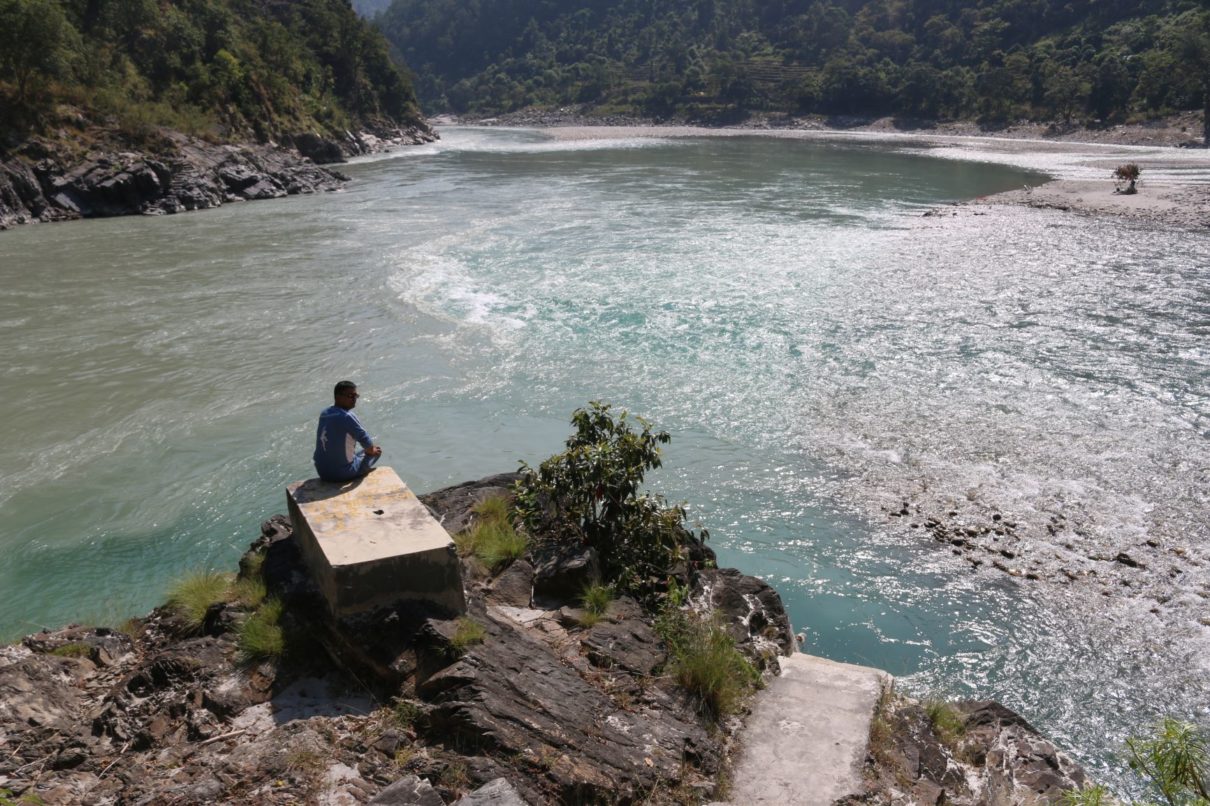Her grandfather, she says, was a proud man. He wouldn’t even tell his wife, Karki’s grandmother, if he was feeling unwell. He wouldn’t have wanted everybody to see him in the state he was in—wrapped up in plastic and looking so shrunken—when he was brought to the Pashupati Aryaghat. Madalasha says the man who took the video stripped her grandfather of the dignified farewell he deserved.
She only came to know about the video on the eighth day of the 13-day ritual. When she confronted him and asked him to take it down, his wife started arguing, calling her ugly names. The couple wouldn’t accept their mistake. They didn’t think there was anything wrong with what they did. Worse, they didn’t delete the post, even when Madalasha’s grandmother requested them to. “This man only wanted to show off that he knew my grandfather and that he had gone to the funeral,” says Madalasha, adding the relative hadn’t posted anything on social media when his father had passed away. So, why then was her grandfather given the ‘special treatment’? she asks, her voice quivering. “If it happens to you, it’s a sensitive matter. But when it happens to someone else, it’s content,” she says. Sociologist Chaitanya Mishra says traditionally ours is a relatively open society where everybody knows everything about one another. People are curious about others. The line between the private and the public is blurred. The society is now in a transitional phase. It’s learning new ways of being (social media use is an example of this), while not forgoing outdated customs. Mishra says there is also zero literacy of the concept of privacy. “Earlier people used to talk or gossip among themselves. News traveled slowly and faded from people’s memories as time passed. Now they post things on social media. It travels fast and is there forever,” he says. People, he adds, also aren’t aware of social media etiquette. “Forget social media, many people don’t even know you should ask for permission before taking someone’s photo,” he says. Mishra believes it’s mostly unawareness that fuels insensitive behavior. People, as inherently flawed as they are, aren’t deliberately trying to be vicious. It’s just that they aren’t thinking about what they are doing, he says. Everyone has a smartphone, and they are clicking pictures without a second thought. The internet has indeed changed what mourning looks like. It’s common to pay condolences through Facebook or tweet about the death of your favorite celebrity. But when you take photos at a funeral (whether or not you post them online), you run the risk of ruining the occasion’s solemnity, especially for the family that’s grieving. Also, capturing people at their most vulnerable moments can cause long-term stress. Dristy Moktan, psychosocial counselor at Happy Minds, an online mental health and well-being platform, says posting funeral pictures on social media is an insensitive thing to do. It will only traumatize the grieving family and prolong their healing. Unless you want attention for yourself, it serves no purpose. “The problem is people don’t reflect on their actions. They do whatever they want without thinking about how it might affect someone else,” says Moktan. Unless the deceased’s family explicitly requests it, it’s best to avoid taking photos altogether, she adds. A software engineer who lost his mother when he was 13 says he never wants to recall her final moments at the cremation site. But an uncouth relative took pictures and videos and, over the years, kept asking him if he would like to look at them. He wonders why anyone would even want to look at something that is painful beyond words and how someone can be insensitive enough to suggest it. He agrees with Madalasha when she says those who love you would never do it to you. It’s the extras, the ones who never cared, though they pretended to, who act in such inappropriate ways. Madalasha adds that some people feel the need to post every little detail of their life on social media, from whom they met to what they saw. They simply don’t care if it hurts others or violates their privacy. Taking pictures is not wrong in itself. It’s the intent with which you do it that makes it disrespectful. Many just want to show they went to pay their respects or they think of the aryaghat as a place to catch up with friends and relatives. People also take group photos and post them on Facebook and other social media. When Mukunda K Khadka, Nepal’s first rock singer who went by the stage name Mike Khadka, passed away recently, his friends posed for photos at the funeral site and uploaded them on Facebook. The caption read they were all there that morning for Mike Khadka. Another tribute, with photos of Khadka singing, ends with a close-up shot of his body on the pyre. If the final photo hadn’t been there, it would have made for a beautiful homage. There’s a place for everything and the cremation ground is no place for photographs, says sociologist Mishra. One reason why every other person seems to be doing it is because no one speaks up or confronts them. They don’t want to ruin the sanctity of the event by doing something that will invariably lead to arguments. Consumed by grief, people don’t even notice their photographs being taken. When they come to know about it later, they are often shattered. It feels like a mockery of their sorrow. “Would you spit in the kitchen? Have food in the bathroom? The aryaghat isn’t a picnic spot or a place to pose for pictures,” says Madalasha.











